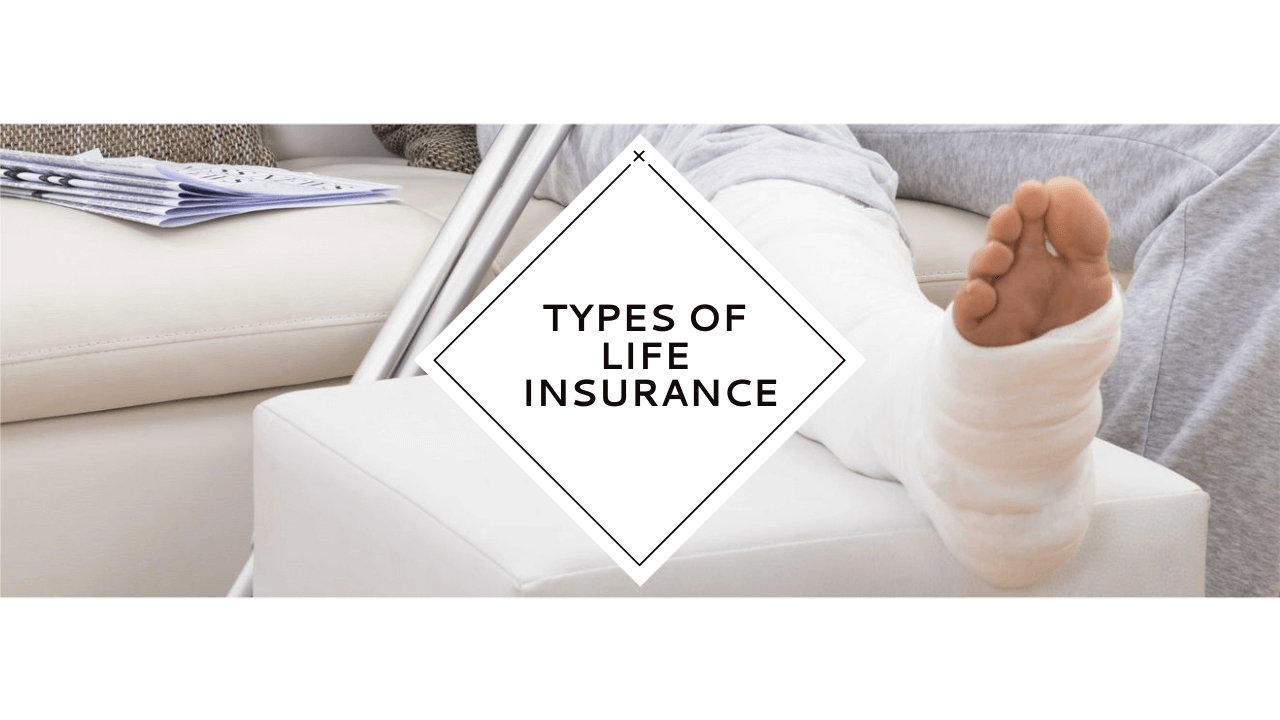Securing your financial future and that of your loved ones is a crucial aspect of planning for the inevitable, and life insurance is a vital tool in this process. Despite its importance, many people in the U.S. still lack life insurance coverage. According to recent reports, about 41 million people need life insurance but do not have it. This gap is often due to misconceptions about the cost and complexity of policies.
Why Life Insurance Matters
Life insurance provides financial security for your family and loved ones during your death. It helps cover final expenses and outstanding debts and provides a financial safety net for your dependents. Having a life insurance policy can be a critical part of your financial strategy, ensuring that your loved ones are protected and can maintain their standard of living even after you’re gone.
What Is Life Insurance?
Life insurance is a contract between an insurer and a policyholder. The policyholder pays regular premiums to the insurer, and in return, the insurer agrees to pay a sum of money to designated beneficiaries upon the policyholder’s death. The amount of coverage and the policy terms can vary based on your life insurance type.
Types of Life Insurance
Life insurance generally falls into two main categories: term life and whole life insurance. Understanding these types can help you determine which is best for your needs.
Term Life Insurance
Term life insurance is one of the most straightforward and affordable forms of life insurance. It provides coverage for a specified term, typically ranging from 10 to 30 years. The beneficiaries receive the death benefit if the insured dies during this term. There are two basic types of term life insurance:
- Level Term Insurance: The death benefit remains constant throughout the policy term.
- Decreasing Term Insurance: The death benefit decreases over the policy term, often in annual increments.
Term life insurance is popular because it is cheaper than whole life insurance and is suitable for individuals looking for temporary coverage.
Whole Life Insurance
Whole life insurance, also known as permanent life insurance, covers the insured’s entire lifetime. This type of insurance includes several subcategories, such as:
- Traditional Whole Life Insurance: Offers a fixed death benefit and premiums that remain the same throughout the policy’s life.
- Universal Life Insurance: Provides flexible premiums and death benefits.
- Variable Life Insurance: Includes an investment component that allows the policyholder to allocate premiums to various investment options.
Whole life insurance tends to be more expensive than term life insurance but offers lifelong coverage and can build cash value over time.
Determining How Much Life Insurance You Need
When deciding how much life insurance to buy, consider the following factors:
- Financial Status: Assess your current financial situation and determine how much money would be required to support your beneficiaries’ standard of living.
- Dependents: If you have young children, ensure you have enough coverage to support them until they are financially independent.
- Outstanding Debts: Include any outstanding mortgage, loans, or other financial obligations in your calculation.
- Future Expenses: Consider costs such as your children’s education and retirement needs.
Addressing Common Misconceptions
One common misconception about life insurance is that it is too expensive. For example, a $250,000 term life insurance policy for a healthy 30-year-old can cost around $500 a year or less. The average cost is approximately $160 a year, much lower than many assume.
Wrapping Up
Life insurance is vital to financial planning, providing your loved ones peace of mind and economic security. By understanding the different types of life insurance and evaluating your needs, you can make an informed decision that fits your budget and ensures your family’s financial well-being. Whether you choose term life or whole life insurance, the key is assessing your circumstances and selecting a policy that aligns with your long-term financial goals.
